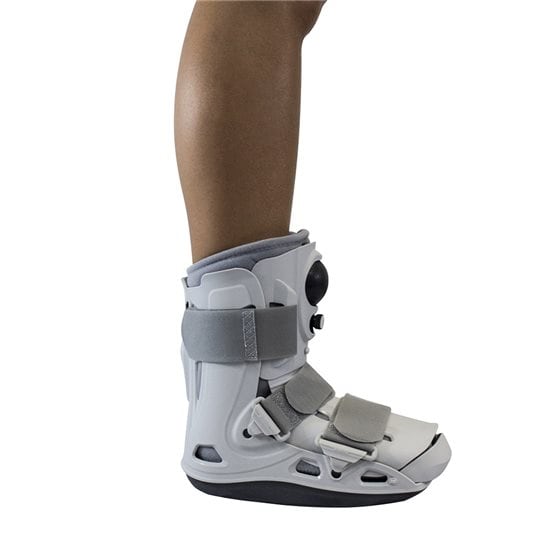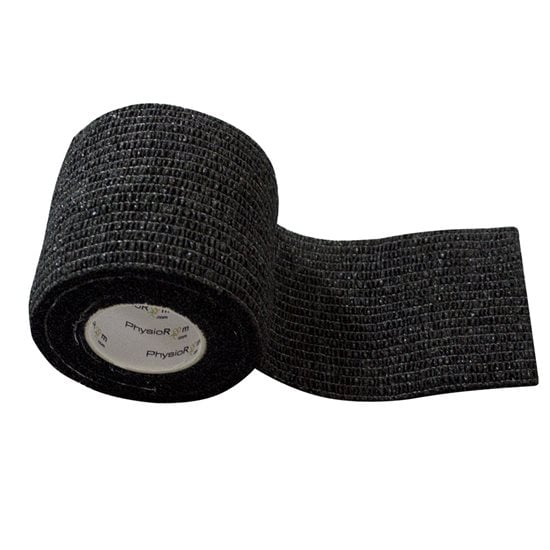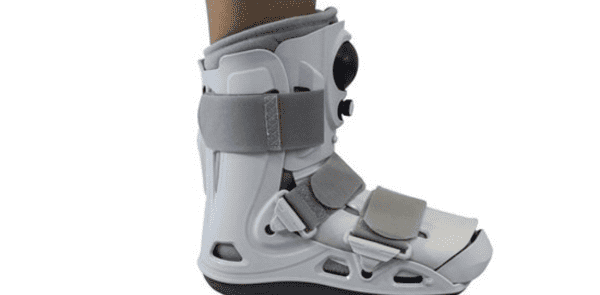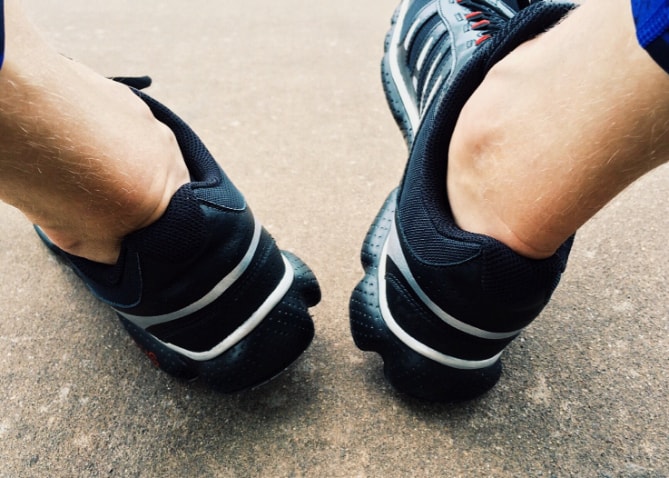Ankle stability plays a pivotal role in both athletic performance and overall health. It allows you to move freely and prevent injuries by keeping your joints strong and balanced. However, in moments of injury, this is where ankle braces and taping techniques come in.
In this guide, we’ll explore how these support braces and methods can make a difference. Read on to have a better understanding and step into more stable feet with confidence!
Understanding Ankle Stability
The ankle joint is a major weight-bearing joint. Its function and structure make it vulnerable to injury. This is especially the case during activities like jumping and running. Thus, the importance of ankle stability.
Ankle stability refers to the ability of the ankle joint to maintain balance. It is vital for preventing injuries and ensuring fluid motion. Poor ankle stability can have far-reaching consequences. Instability in this joint, for one, increases the risk of sprains, strains, and even falls. Misalignment of the ankle can create a ripple effect, affecting knees, hips, and the lower back.
Overall, inadequate ankle stability jeopardises overall mobility. Moreover, this puts undue stress on adjacent structures.
The Role of Ankle Supports for Walking

Foot braces offer a multifaceted approach to injury prevention and stability enhancement. By providing support to the ankle joint, they reinforce weak or injured ligaments. This, in return, reduces the risk of twists and sprains during physical activities. The provided support can be particularly valuable for athletes and fitness enthusiasts.
A foot ankle support works by restricting excessive joint movement. It acts as a shield against overpronation or supination, which can strain ligaments. This limitation encourages proper alignment, reducing the chances of sudden twists. Furthermore, the compression and snug fit of sports braces also stimulates proprioception.
Ankle braces come in various forms tailored to individual needs. Lace-up braces offer adjustable compression – a great example is this lace up ankle brace. Meanwhile, hinged ones provide stability with added mobility. In contrast, sleeve-style designs ensure seamless comfort. Have a look at this compression ankle sleeve for reference.
Exploring Taping Techniques

A method that offers a flexible alternative to braces is taping, cue sports tape knee. Taping involves using adhesive tape to reinforce and stabilise the ankle joint. This technique is a popular choice among athletes seeking targeted support. For one, volleyball players use finger strapping tape for added strength and protection.
Adhesive tape is applied around the ankle to mimic the function of ligaments. This reinforcement restricts excessive movement, shielding the joint from dangerous twists. Taping not only provides stability but also enhances proprioception. It promotes a heightened sense of joint awareness during movement overall.
Several taping techniques cater to different needs. The figure-eight method crisscrosses the tape over the ankle, offering comprehensive support. The heel lock method secures the heel while allowing movement. And finally, the stirrup technique forms a “U” shape along the sides of the ankle. Each method serves a distinct purpose required for different activities.
Benefits of Ankle Braces and Taping
Ankle braces offer a range of advantages that make them a popular choice. They are easy to use, requiring minimal time to put on and adjust. What’s more, their design often allows for a personalised walker brace fit. This feature ensures comfort and adaptability for various foot shapes.
Their versatility also shines through in their compatibility with different activities. From sports to daily tasks, ankle braces provide consistent protection and stability.
Taping stands out for its customisable nature. The technique allows users to tailor the support to their specific needs. For one, adjusting the tension and placement of the tape.
This customizability is particularly valuable for individuals with unique ankle shapes or requirements. Moreover, taping provides targeted support precisely where it’s needed. This enhances stability without impeding natural movement.
Both ankle braces and taping techniques play a part in preventing ankle injuries. They limit excessive movement, reducing the chances of ligament overstretching. By providing external reinforcement, these methods help maintain proper alignment and stability. Incorporating either approach can contribute significantly to a healthier ankle joint.
Round-up
A stable ankle not only bolsters athletic performance. It also upholds the foundation of your overall well-being. The support you provide your ankles today will pave the way for a stable and confident journey ahead.
However, in the event of ankle sprains or related injuries, it’s essential to seek medical help. For optimal ankle support while walking, look no further than Physioroom! Not only will you find the best ankle support for walking here, but also the ideal support tapes.
What you should read next: How to Use Pre-Taping Underwrap



 (
(